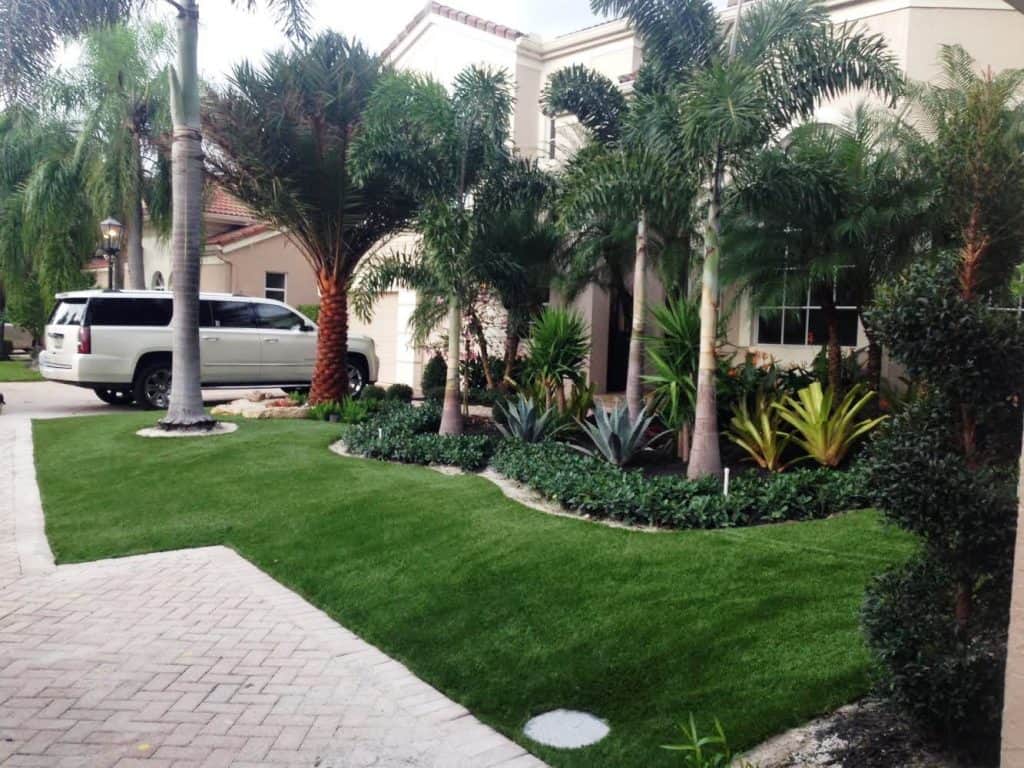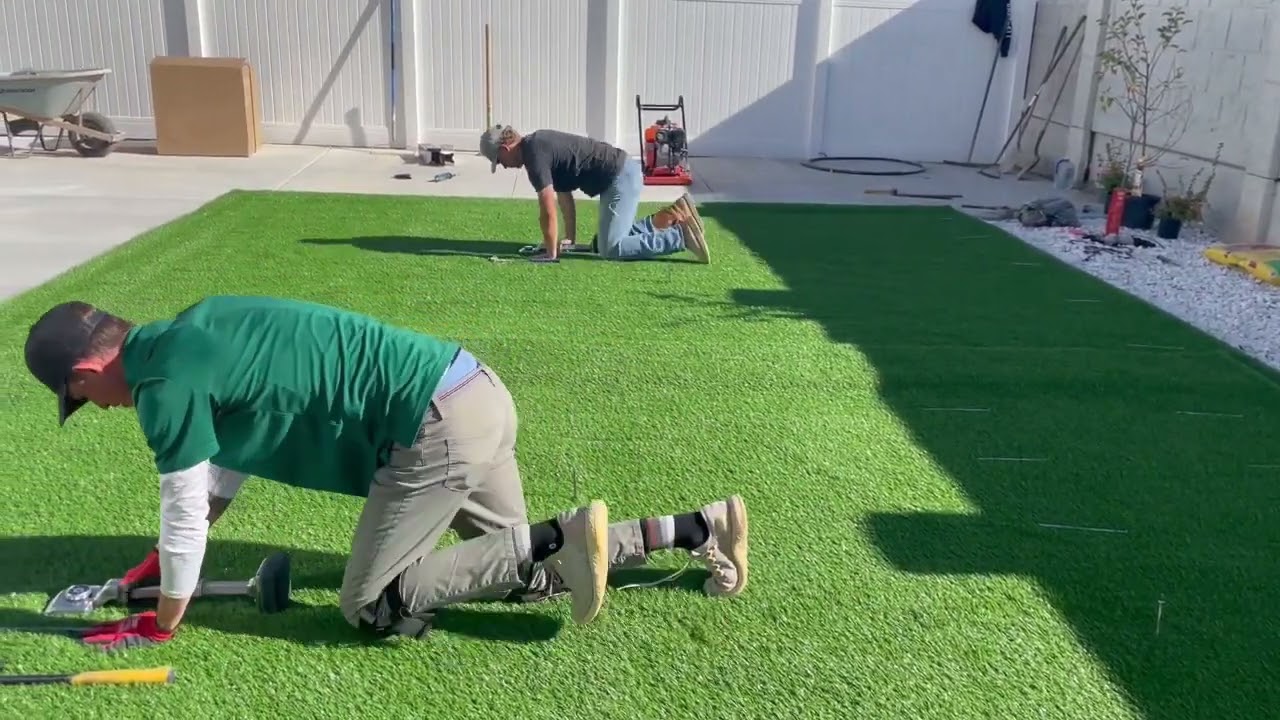Exploring the Viability of Installing Artificial Grass on Soil
2023-12-05
When it comes to transforming your outdoor space, Artificial Grass emerges as a water-saving and property-enhancing alternative to natural grass lawns. However, the successful installation of artificial grass on soil demands careful preparation and adherence to a specific set of steps. Gacci is here to guide you through the essential considerations for laying artificial grass on soil. Can I Install Artificial Grass on Top of Natural Grass? The answer is a firm no. The key to a successful artificial grass installation involves the removal of natural grass and any organic matter. A proper base is essential before laying Artificial Turf on soil. Attempting to install artificial turf directly over natural grass can result in an uneven and unattractive surface, leading to potential damage. The presence of growing grass beneath the turf can cause issues such as poking through the backing, lifting, sinking, or trapping moisture. How to Lay Artificial Grass on Soil While laying artificial grass on soil is not an overly complex process, it requires attention to crucial steps to ensure a seamless installation. Step 1: Gather Your Tools For the installation, you'll need some specialized tools, including: - Sod cutter, hoe, or shovel - Rake - Plate compactor or heavy drum roller - Bow rake - Utility knife Renting a compactor might be advisable for larger areas, making the process more efficient. Step 2: Remove the Topsoil Use a sod cutter, hoe, or shovel to cut away the existing grass, sod, and unwanted vegetation from the marked areas. Ensure removal of large rocks or roots, and set the sod cutter depth to 2-3 inches (or up to 4 inches in colder climates) to address cold-weather ground expansion and contraction. Step 3: Grade the Surface After topsoil removal, grade the areas of application using a rake. Lightly water down the graded areas, and consider using a plate compactor or heavy drum roller to level the dirt. Achieve 80-90% compaction for optimal results. Step 4: Base Application Apply the base material evenly over the prepared area. Typically, 1 ton of rock base covers 100 sq ft of artificial turf yard with a 2" base. Adjust the amount of rock base for different base depths. What Is the Best Base for Artificial Grass? For most artificial turf installations, the recommended base is ¾" to ¼" crushed drain rock. This material provides drainage and a level surface, capable of draining up to 30 inches of water per hour. The base depth may vary based on climate, with 4" being the standard recommendation. Level & Compact the Base Using a sod roller, plate compactor, or hand tamp, compact the base thoroughly to create a smooth and solid surface. Wetting down the area during compaction aids in achieving the desired results. Do I Need Underlay for Artificial Grass? While not mandatory, some applications benefit from certain turf underlays: - Padded underlay for sports fields or turf on concrete - Drainage underlay for roofs, lawns with poor drainage, or indoor facilities - Weed barriers for landscaping prone to weed growth Step 5: Prepare the Turf Roll out the artificial turf next to the installation area while waiting for the base material to dry. Ensure the turf lies flat by working out any misshapen spots in advance. Step 6: Place the Turf Stretch each panel of turf with the help of another person, lifting and placing it on the base. Avoid dragging the turf to prevent an uneven surface. Step 7: Cut the Turf Use a utility knife to cut panels of turf on the underside if needed. Make longer cuts with a series of shorter cuts along the length, ensuring the two panels remain close without touching. Step 8: Attach the Turf Fold the edges of adjoining panels back, apply artificial lawn seaming material on the base, and use adhesive to secure the turf edges. Weight down the length of the seam or use a heavy roller for optimal results. Step 9: Brush the Turf Fibers Brush the turf fibers using a push broom, backside of a rake, or carpet comb. This step helps maintain upright bristles. Step 10: Spread the Infill Evenly apply infill material, such as black crumb rubber or washed silica sand, over the entire area. Brush or comb the turf between infill applications, repeating until the desired level is achieved. Best Time of Year to Lay Turf The optimal time to lay artificial turf is during warm and dry weather, typically in spring and summer. A temperature close to 60 degrees Fahrenheit and above is ideal for achieving the best results. Embark on your journey to a lush and low-maintenance outdoor space by considering the possibilities of installing artificial grass on soil. Gacci provides valuable insights and guidance for a successful turf installation. Internal Links: Rugby Field Artificial Grass,Football Field Artificial Grass,Golf Field Artificial Grass





